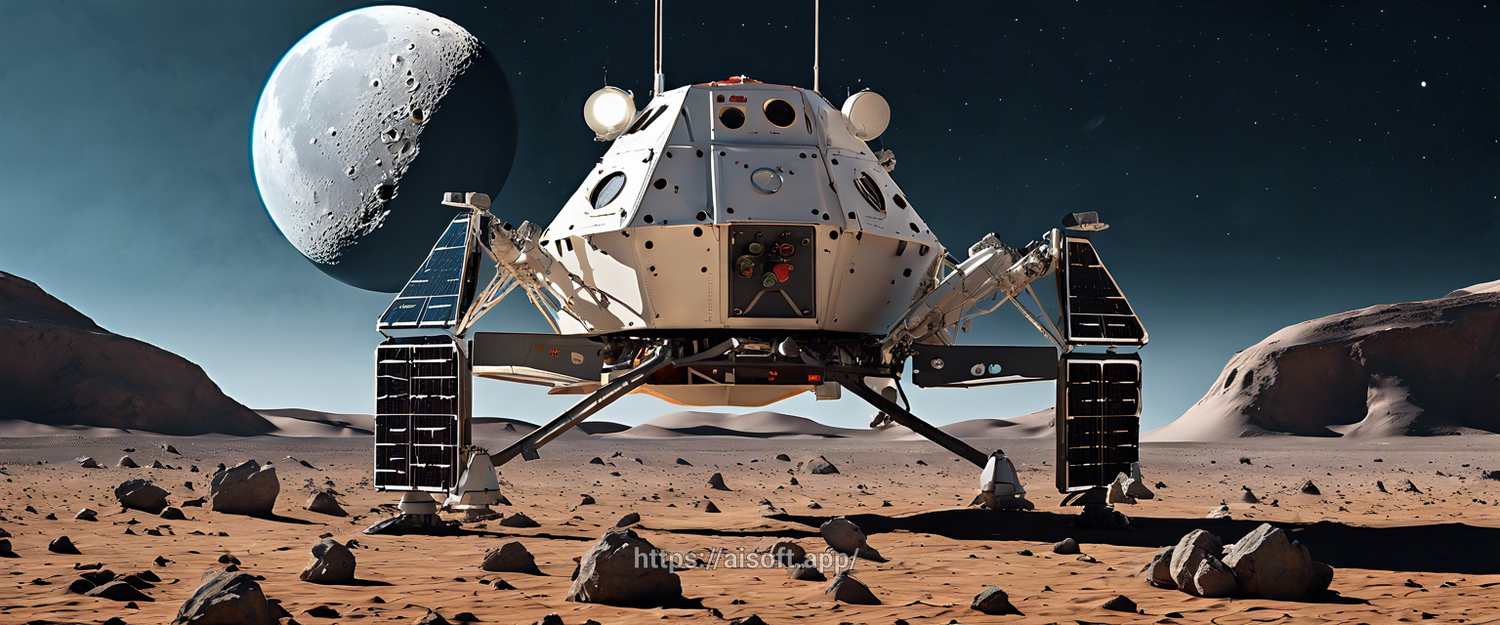The Curious Case of the Peregrine Lunar Lander
The Peregrine lunar lander experienced significant challenges during its mission, leading to a conclusion that it most likely failed to reach the Moon due to a malfunctioning helium pressure control valve, identified as PCV2. This incident has sparked discussions in the aerospace community regarding reliability and innovations in space exploration technology.
Understanding the Peregrine Mission
Astrobotic, a leader in lunar delivery services, aimed to pave the way for future lunar exploration with the Peregrine Mission One. The mission was intended to carry multiple payloads to the lunar surface, showcasing new technologies and capabilities in lunar landings.
Key Findings from Astrobotic's Review
In a recently published post-mission report, Astrobotic detailed the findings from the mission's review board. Here are the critical insights:
- Valve Malfunction: The primary issue was traced back to a helium pressure control valve (PCV2) in the propulsion system, which did not function as intended.
- Impact on Mission: The failure of this valve impacted the propulsion system, ultimately causing the lander to lose its trajectory towards the lunar surface.
- Safety Protocols: The report emphasized the importance of thorough testing and safety protocols in future missions to mitigate similar failures.
Lessons Learned for Future Missions
This unfortunate incident serves as a critical reminder in the field of aerospace engineering. The findings will influence designs and operational procedures for future missions.
- Enhancing Component Testing: Future missions must focus on rigorous testing of individual components, especially critical systems like propulsion.
- Improved Monitoring Systems: Implementing advanced monitoring technology could help detect anomalies in real time, providing teams with timely data to address issues before they escalate.
- Data Collection for Research: Collecting extensive data during missions, even those that do not succeed, can significantly enhance understanding and lead to improvements in technology and planning.
Community Response and Future of Lunar Exploration
The aerospace community has responded with support and optimism, recognizing the value of learning from failures. As we look forward to future lunar missions, companies like Astrobotic play a crucial role in fostering innovation and paving the way for exploration beyond Earth.
For more information on Astrobotic's findings, visit the report at: Astrobotic.
Conclusion
In conclusion, while the Peregrine lunar lander did not achieve its objectives, the insights gained through this mission underscore the complexities of space travel and the importance of resilience in advancing our quest to explore the Moon and beyond.



Laisser un commentaire
Tous les commentaires sont modérés avant d'être publiés.
Ce site est protégé par hCaptcha, et la Politique de confidentialité et les Conditions de service de hCaptcha s’appliquent.